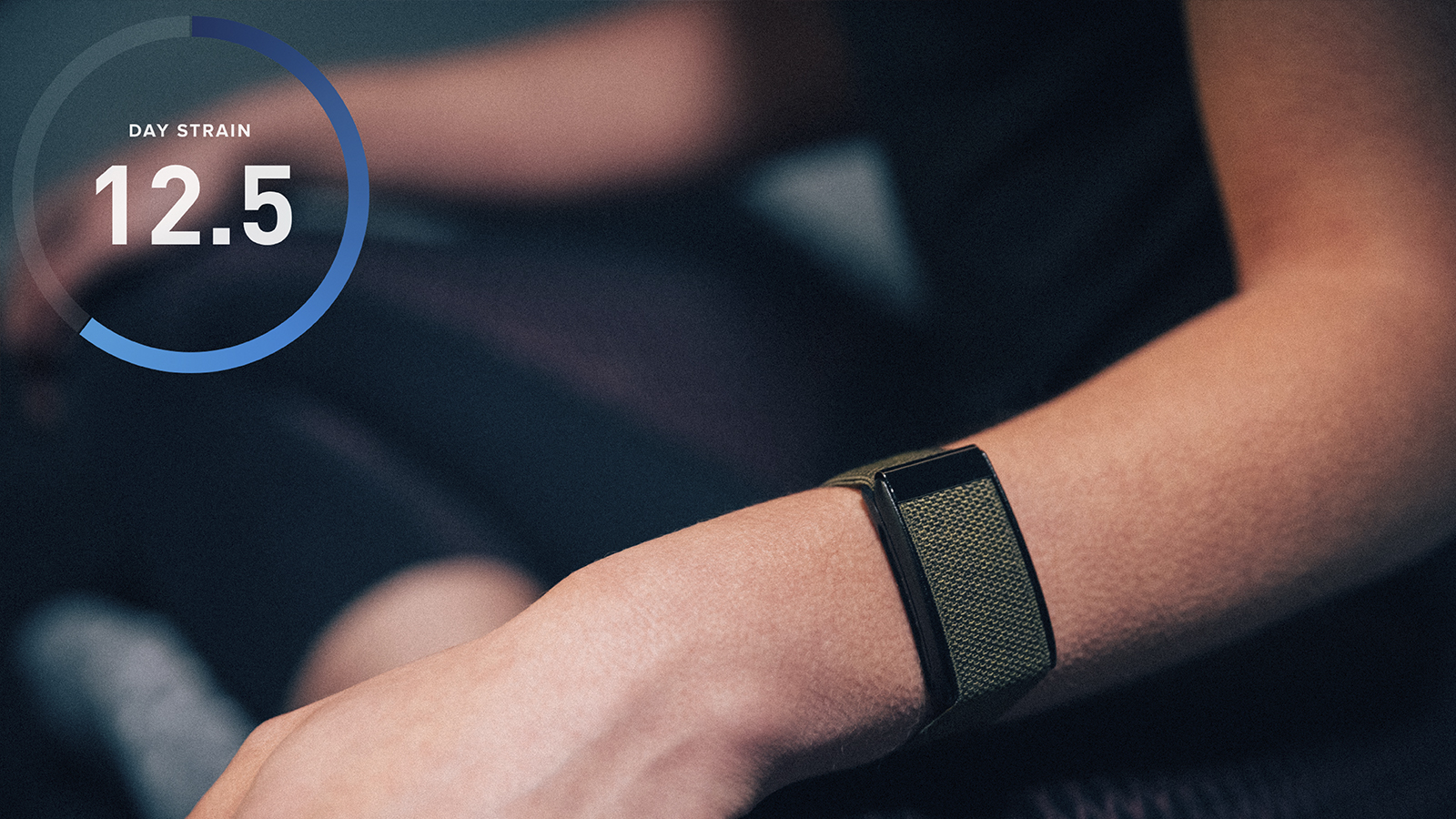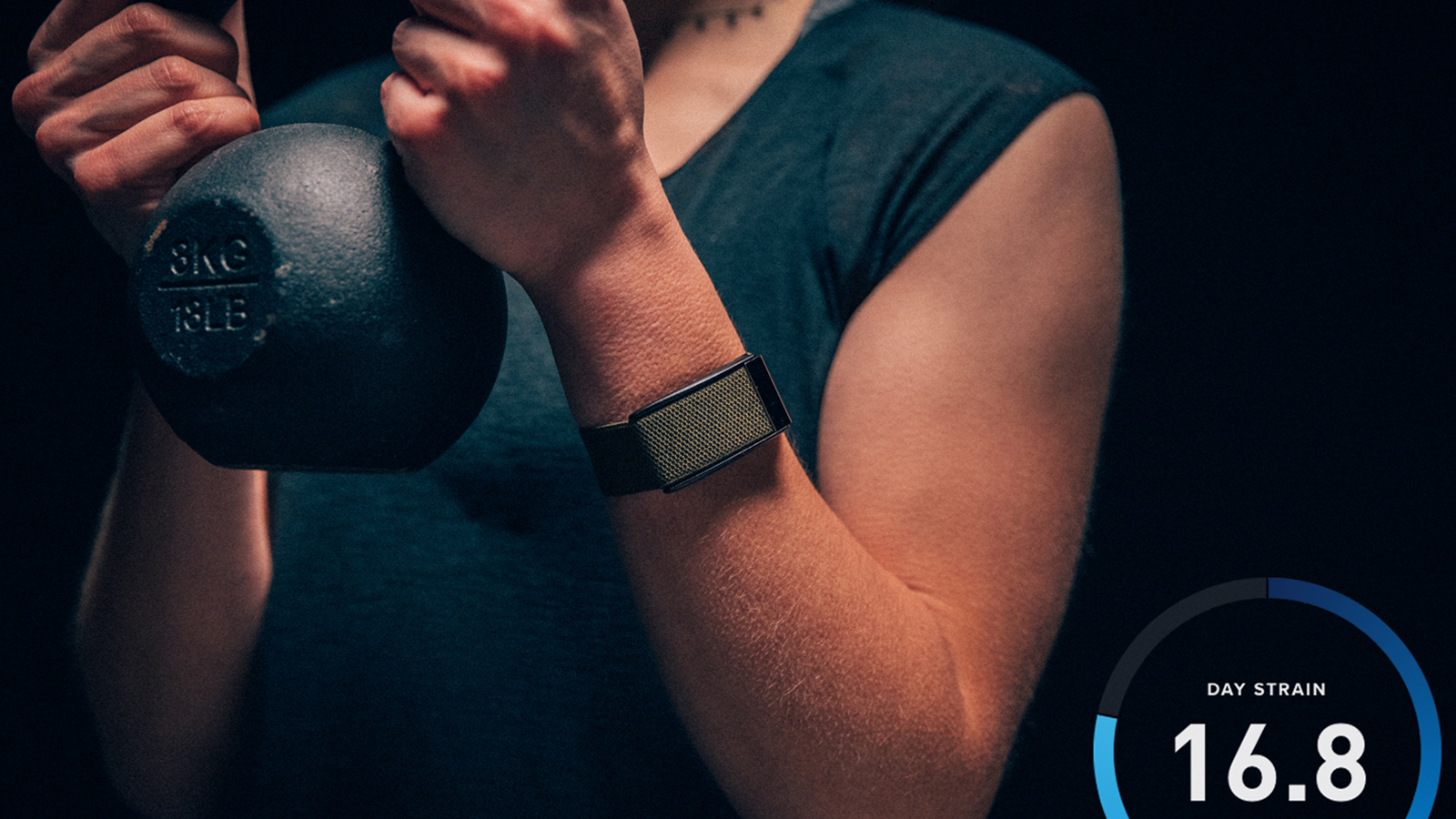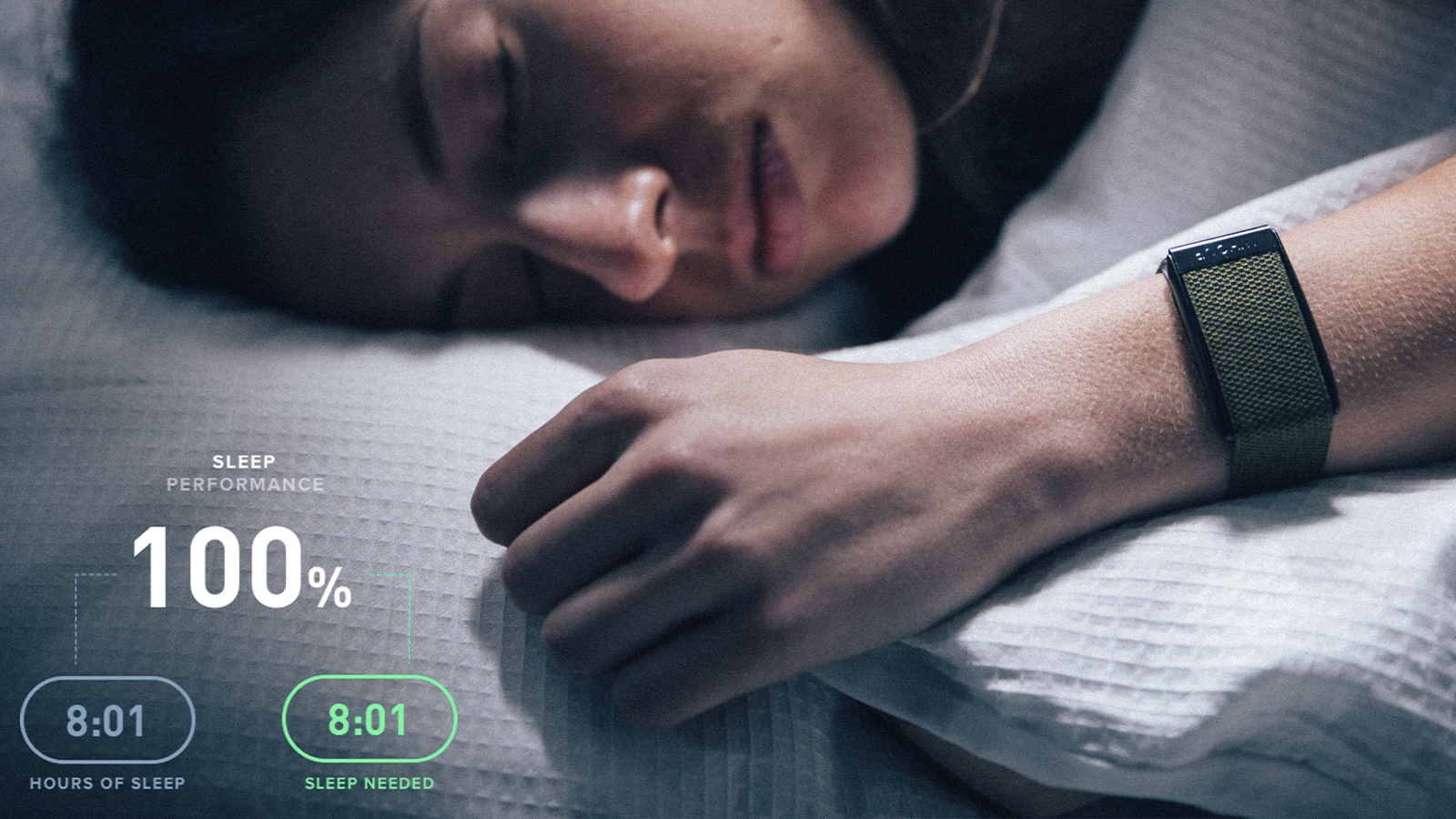What effect does last night's sleep have on your performance?
Sleep better and ride harder with WHOOP
Recovery is king, or at least as the old saying goes. You’ve got your foam roller, your massage gun, compression boots, and an ice bath at the ready after a big ride, so you should be primed and ready for tomorrow, right?
Using recovery tools will no doubt help you feel better ahead of your next session, but a solid night’s sleep, good sleep habits and hygiene will pay higher dividends than any number of recovery gadgets.
With our lives busier than ever nowadays, fitting in a training ride, or a Zwift session can sometimes be early morning or late-night affairs, usually at the cost of an extra hour of sleep. Countless studies have shown that sleep deprivation or even just an interrupted night of sleep can have a huge impact on aerobic capacity, the ability to maintain sustained efforts, and high-intensity work — basically affecting all the systems associated with cycling.
Once such study conducted by researchers at Deakon University* investigated the effects of sleep deprivation on self-paced endurance performance and heart rate over the course of an individual time trial, and found that sleep-deprived athletes were 11-percent slower and reported a higher rate of perceived exertion than well-rested athletes. On the flipside, sleep researchers at Harvard conducted a study in collaboration with the Cardinals Men’s basketball team** and found that when players slept for an extra 2-hours each night, their free-throw percentage improved by 11.4 perfect, their three-point shooting percentage went up by 13.7 percent, and the team averaged 0.7-seconds faster on the 282-foot sprint drill, with every player posting faster times.
These types of gains are well beyond the marginal variety cyclists at large usually seek through means of equipment and highly targeted intervals sessions. Used in collaboration with an extra hour in bed, you’ll get faster—it’s that plain and simple.
WHOOP is a cutting-edge fitness tracker, logging your heart rate 24/7 without any downsampling or gaps in data, including while you sleep, providing actionable insights to help you get the most out of your shuteye.
More than just counting sheep

While all manner of fitness trackers offer some degree of sleep tracking, WHOOP provides robust sleep tracking metrics that have been independently verified by the University of Arizona Health Sciences Center for Sleep and Circadian Sciences. In a study published in the Journal of Clinical Sleep Medicine***, the researchers found the WHOOP Strap 3.0 to be within one-beat per minute and respiration per minute of lab equipment used for baselines and had high levels of agreement in identifying sleep stages when compared to polysomnography testing.
The WHOOP Strap 3.0 uses an optical PPG (photoplethysmography) sensor to measure your heart rate by tracking the changes in blood flow underneath your skin, in collaboration with a three-axis gyroscope and three-axis accelerometer to track movement. With the data from each of these sensors, WHOOP can measure heart rate, resting heart rate, heart-rate variability, respiratory rate, and using its sleep algorithm can determine and track sleep staging.
Each morning, WHOOP analyzes your sleep, providing an easy-to-digest recovery score and analysis of your previous night, detailing how much time was spent in the four sleep stages (light, deep, REM and awake). The app will also prompt you to fill out the WHOOP Journal, a daily lifestyle questionnaire where you can track things like alcohol and caffeine intake, screen time in bed, whether or not you slept in the same bed as usual, and a variety of other behaviors, which can provide insights into how your habits affect your sleep and recovery.
What does all of this mean?

The key to recovery is what are known as restorative sleep cycles. REM sleep is key for mental recovery, and Slow Wave Sleep (SWS) or what’s more commonly called ‘deep sleep’ is when your body rebuilds the damage done throughout the day. The latter is the stage when your body is producing the vast majority of its natural human growth hormone, gets to work regenerating and repairing cells including bone and muscle, and balances your metabolism.
With this data in hand, as well as entries from the WHOOP journal, you can not only work out if you’re not spending enough time in the restorative sleep cycles but also how your lifestyle choices may be affecting the quality of your rest. Maybe that nightcap you pour yourself after the kids go to bed isn’t actually helping your sleep, but that weighted blanket you bought is making a difference. WHOOP allows you to log all of this and more, tracking how they affect your rest.
The daily recovery score offers a topical view of how well you slept, and a few swipes opens up a more granular level of data. The app also provides a weekly and monthly performance assessment to help you identify trends in your sleep to provide you with actionable insights into improving your recovery.
Sleep Coach

Once the WHOOP app has established your baselines, it can also recommend what time you should hit the sack based on your performance goals for the following day.
At its most basic, this will help you achieve good sleep consistency and provide a subtle reminder when it’s time to settle in for the night. However, it can be tailored based on whether you’re looking just to get by, perform or peak on the following day.
The app, available for both Android and iOS, will even send you a push notification when it’s time to get ready for bed to achieve the amount of sleep you need to recover.
A subscription to WHOOP can help you identify and improve your sleep habits so that you achieve a more restful night in bed to maximize your recovery. Month by month subscriptions cost $30, while if you sign up for an 18-month membership it drops down to $18. The actual band is included in the cost, regardless of the duration of your membership. To find out more head over to WHOOP.
References
*Deakon University
**University of Harvard
https://www.ncbi.nlm.nih.gov/pmc/articles/PMC3119836/
*** Journal of Clinical Sleep Medicine
Get The Leadout Newsletter
The latest race content, interviews, features, reviews and expert buying guides, direct to your inbox!
Cyclingnews is the world's leader in English-language coverage of professional cycling. Started in 1995 by University of Newcastle professor Bill Mitchell, the site was one of the first to provide breaking news and results over the internet in English. The site was purchased by Knapp Communications in 1999, and owner Gerard Knapp built it into the definitive voice of pro cycling. Since then, major publishing house Future PLC has owned the site and expanded it to include top features, news, results, photos and tech reporting. The site continues to be the most comprehensive and authoritative English voice in professional cycling.
